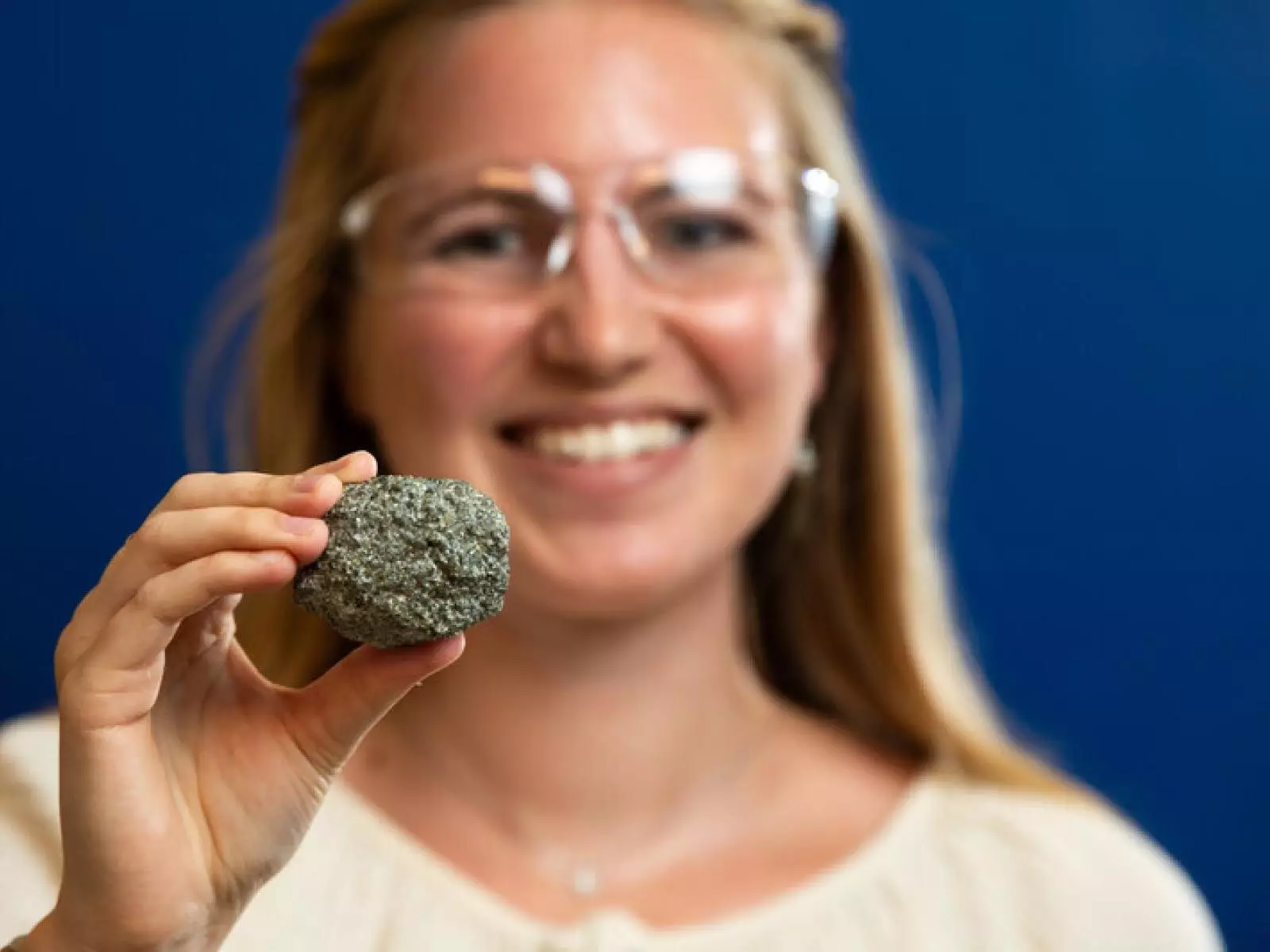As global temperatures continue to rise, the urgency to address climate change has never been more critical. One of the primary culprits behind this crisis is carbon dioxide (CO2) emissions, which exceed an astonishing 6,300 million metric tons annually in the United States alone. To combat this environmental challenge, innovative solutions must be explored, and recent advancements in underground carbon sequestration reveal promising pathways toward sustainability.
Recent research from the Pacific Northwest National Laboratory (PNNL) highlights a revolutionary technique known as carbon mineralization. This process involves transforming captured carbon dioxide into solid rock, effectively locking it away for extended periods. Unlike traditional methods of carbon capture that often face limitations in terms of storage longevity and efficiency, carbon mineralization mimics natural geological processes at unprecedented rates—from thousands of years to mere months.
A Technological Leap with Tremendous Potential
At the heart of this innovation is Chief Chemist Todd Schaef and his team at PNNL. By focusing on the possibilities offered by basalts—volcanic rocks rich in minerals—Schaef’s research aims to harness natural geological reactions that result in the permanent storage of carbon. While the discovery itself is groundbreaking, implementing this on a commercial scale requires rigorous methods for measuring and verifying that the injected CO2 has indeed transformed into stable mineral forms and has not leaked back into the atmosphere.
Intern Madeline Bartels has played a pivotal role in this research by developing new measurement techniques to quantify these mineralized carbon molecules at a previously unattainable scale—less than 100 parts per million. Her work offers a fresh perspective on the carbon locking process, allowing scientists to track and analyze the quantities of CO2 sequestered within mineral formations, akin to examining a needle in a haystack.
Pioneering New Methods of Measurement
As Bartels explains, envisioning the scale of 1 part per million is challenging; it is like comparing a single playing card on a vast football field. However, the sophisticated technique she employed, known as thermogravimetric analysis mass spectrometry (TGA-MS), allows researchers to precisely quantify the mass of carbon minerals emerging from powdered rock. This breakthrough is akin to advancing from a distant view of the field to standing right on it, where finer details can be discerned.
Using samples from the Wallula Basalt Pilot Demonstration site, where 977 metric tons of CO2 were injected for study in 2013, the team was able to verify that this gas had successfully mineralized into solid forms. Yet, while the laboratory results are promising, the road ahead is fraught with challenges. Achieving commercial-scale carbon mineralization requires cooperation among federal agencies, industry stakeholders, and community members to establish infrastructure and permitting processes that are still under development.
Bridging Science and Industry
Despite these hurdles, advocacy for carbon mineralization is increasing. Quin Miller, who co-authored the research, emphasizes the collaborative effort among various sectors to create tools that ensure the safe and effective storage of CO2. If TGA-MS gains traction as a standard in the industry, it could revolutionize private sector engagements in carbon capture initiatives, streamlining the measurement and verification processes that are currently impeded by bureaucratic red tape.
Bartels’s journey from an undergraduate at Yale University to a key player in a pioneering team shines a light on the synergy between education and practical application. Her internships at the Department of Energy have shaped her contributions significantly, nurturing her potential to impact the fields of geochemistry and carbon management actively.
Inspiring the Next Generation of Innovators
The enthusiasm surrounding carbon mineralization at PNNL is indicative of a larger movement within the scientific community aimed at nurturing new talent and innovative ideas. As Bartels prepares to embark on her graduate studies and further delve into carbon capture techniques, the vision extends beyond individual achievements. It encompasses the idea that the next generation of scientists will spearhead the necessary transformations.
Schaef’s commitment to attracting young researchers exemplifies the dual mission of advancing cutting-edge science while cultivating enthusiasm for environmental justice. As climate change continues to evolve as one of humanity’s most pressing challenges, collaborations like those seen at PNNL are essential. They hold the promise of developing reliable, innovative methods that could redefine how we tackle carbon emissions and restore balance to our planet.
The path to a sustainable future may very well be paved with the solidification of carbon—a transformative process that could reshape industries and inspire a collective commitment to safeguarding the Earth for generations to come.

